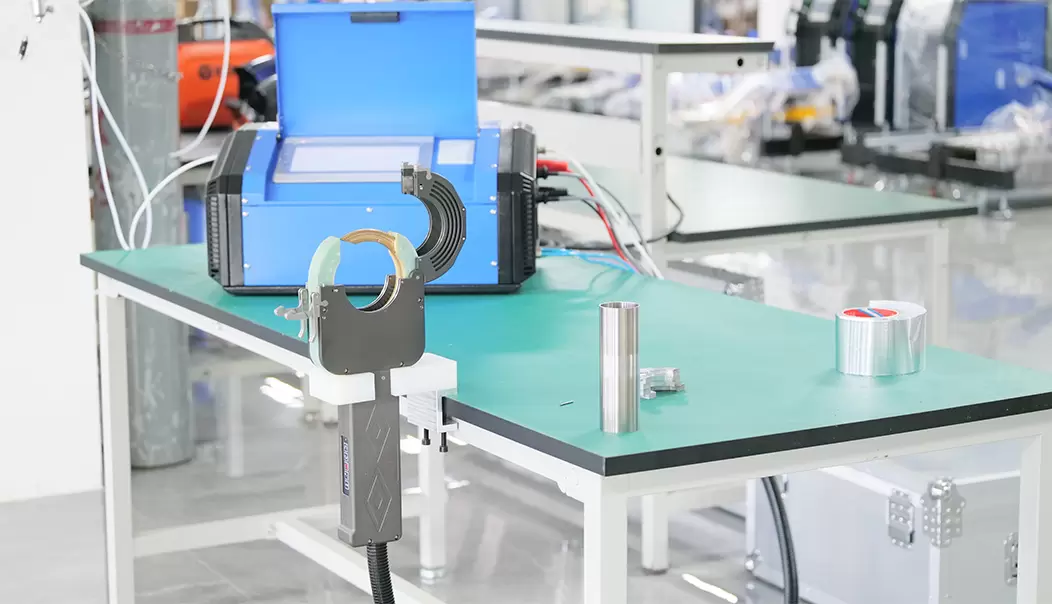When it comes to woodworking, selecting the right tools can make all the difference between a successful project and a frustrating experience. Among these tools, saws play a pivotal role in shaping your wood DIY endeavors. With a plethora of options available, understanding which saw is best suited for your specific needs is essential. This guide will delve into the various types of saws, their applications, and tips for choosing the best one for your wood DIY projects.
Understanding the Types of Saws
- Hand Saws
- Panel Saw: Ideal for making straight cuts in sheets of plywood or lumber. The long blade allows for greater control and precision.
- Back Saw: Perfect for fine woodworking, especially in joinery. The reinforced back provides stability, making it easier to achieve precise cuts.
- Power Saws
- Circular Saw: A versatile tool that can handle a variety of cuts, including crosscuts and rip cuts. It's portable and can be used for both large sheets and smaller pieces.
- Miter Saw: Best for making angled cuts, particularly useful for trim work and framing. The ability to adjust the angle makes it a favorite among DIY enthusiasts.
- Table Saw: A staple in many workshops, the table saw excels at making long, straight cuts and is ideal for ripping lumber. Its stationary nature allows for greater accuracy and repeatability.
- Specialty Saws
- Jigsaw: Perfect for intricate cuts and curves, the jigsaw is a must-have for projects that require detailed work.
- Band Saw: Known for its ability to cut irregular shapes and resaw lumber, the band saw is a versatile tool for more advanced woodworking projects.
Factors to Consider When Choosing a Saw
- Project Requirements: The type of project you are undertaking will heavily influence your choice of saw. For instance, if you are building furniture, a miter saw may be essential for precise angles, while a jigsaw would be necessary for intricate designs.
- Material Thickness: Different saws are designed to handle various thicknesses of wood. Ensure that the saw you choose can accommodate the thickness of the materials you plan to work with.
- Portability vs. Stationarity: Consider whether you need a portable saw for on-the-go projects or a stationary saw for a dedicated workshop. Circular saws and jigsaws are generally more portable, while table saws and miter saws are typically stationary.
- Skill Level: Your experience with woodworking tools should also guide your choice. Beginners may find hand saws or jigsaws easier to manage, while more experienced woodworkers might prefer the precision of a table saw or band saw.
Tips for Maximizing Your Saw's Potential
- Invest in Quality Blades: The blade is the heart of any saw. High-quality blades can significantly improve cutting efficiency and accuracy. Always choose the right blade for the material and type of cut you are making.
- Maintain Your Tools: Regular maintenance, including cleaning and sharpening blades, will prolong the life of your saw and ensure optimal performance.
- Safety First: Always prioritize safety when using saws. Wear appropriate personal protective equipment (PPE), such as safety glasses and hearing protection, and follow all manufacturer guidelines.
Conclusion
Choosing the best saw for your wood DIY projects is not a one-size-fits-all decision. By understanding the different types of saws available and considering factors such as project requirements, material thickness, and your skill level, you can make an informed choice that will enhance your woodworking experience. Whether you opt for a hand saw, a power saw, or a specialty saw, the right tool will empower you to bring your creative visions to life with precision and ease. Happy woodworking!

